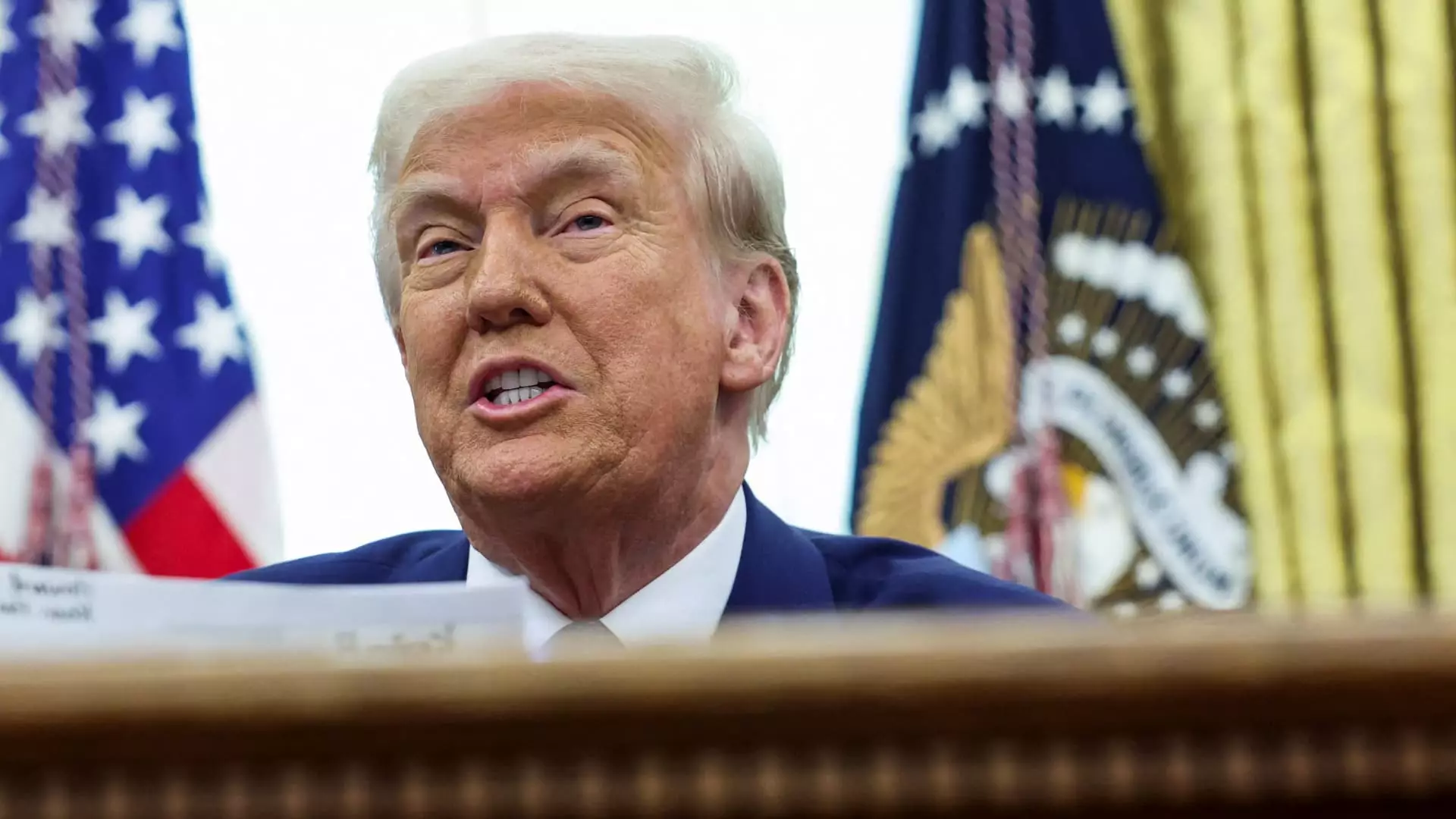On Thursday afternoon, the stock values of major defense contractors experienced a significant decline following President Donald Trump’s unexpected remarks concerning U.S. defense budget allocations. According to reports from Reuters, Trump suggested a jaw-dropping reduction to defense spending, hinting that it could potentially be halved. This assertion came amidst discussions of a prospective summit focused on defense finance with countries like China and Russia. The market’s immediate reaction was swift and severe, with stocks of prominent defense firms such as Lockheed Martin and Northrop Grumman dropping by 1.5% and 2.6%, respectively. General Dynamics found itself in a similar predicament, echoing the downward trend seen across defense stocks.
The comments from Trump were particularly startling, reflective of a broader pattern of inconsistent messaging surrounding military spending that has characterized both his 2024 campaign and presidency. On one hand, he has sought to reduce government expenditures through initiatives led by figures like Elon Musk and the Department of Government Efficiency. These efforts hint at a possible reevaluation of governmental priorities and funding allocation across various sectors, not just defense.
Conversely, Trump has maintained a strong rhetoric advocating for military strength. He previously signed an executive order focused on the exploration of an “Iron Dome of America” missile defense initiative, reinforcing a commitment to America’s military capabilities. This dissonance, where he simultaneously encourages austerity while demanding increased military prowess, has created a climate of confusion among investors and analysts alike.
The current political landscape is laced with uncertainty, as highlighted by TD Cowen policy analyst Roman Schweizer’s observations. He pointed out that the defense community is experiencing disarray due to various conflicting signals regarding budget priorities. This unpredictability not only affects stock performance but also complicates strategic planning for defense contractors who rely on consistent governmental support and funding for their operations.
The juxtaposition of the call for decreased spending against a backdrop of military enhancement resonates deeply within the defense sector. The ongoing conflict in Ukraine has resulted in heightened demand for American military hardware, complicating the narrative as Trump pushes for swift resolutions in that arena. The intricate web of geopolitical and economic factors continues to shape the discourse surrounding defense spending.
As the U.S. navigates its defense priorities in a complex global landscape, investors are left grappling with the implications of Trump’s statements. As the Biden administration also weighs its defense commitments and spending levels, the future of U.S. defense financing remains uncertain. The mix of aggressive military strategy and a push for budget cuts paints a challenging picture for both government decision-makers and defense contractors. Ultimately, it is hoped that clearer guidance will soon emerge to alleviate confusion and stabilize the defense market, ensuring a coherent strategy that balances fiscal responsibility with national security imperatives.

